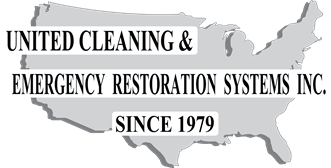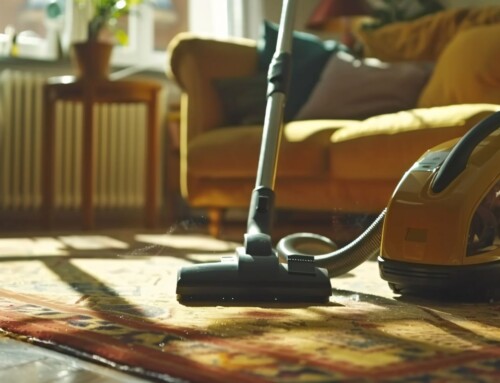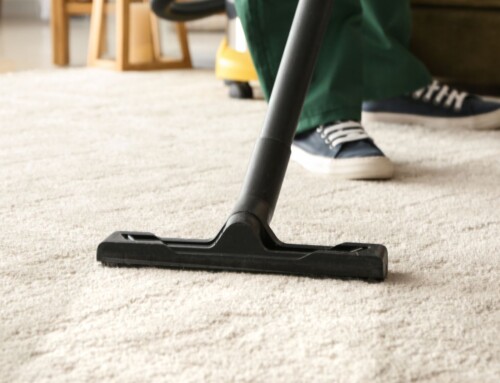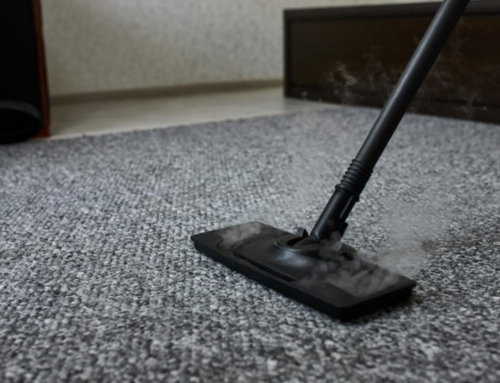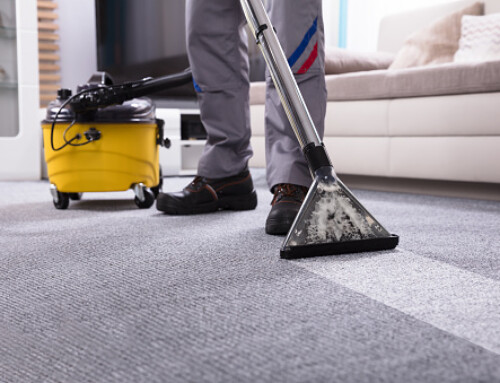Water damage can wreak havoc on properties, causing significant structural and financial repercussions. When faced with water damage, prompt restoration is paramount to mitigate further destruction and minimize long-term consequences.
Taking swift action not only safeguards the structural integrity of the affected area but also prevents mold growth and mitigates the potential health risks associated with it. By promptly addressing water damage through professional restoration services, property owners can safeguard their investment, restore the affected area to its pre-damage condition, and ensure the well-being of their occupants.
Discover the significance of timely water damage restoration in Arlington and its long-term benefits for residential and commercial properties.
Potential consequences of delayed restoration
Here are a few consequences behind the delayed restorations:
- Delayed restoration escalates damages, leading to increased financial and operational losses.
- A company’s reputation can suffer due to prolonged downtime or disruption, resulting in customer attrition.
- Legal and regulatory implications may arise from delayed restoration, potentially leading to penalties or legal action.
- Extended periods of uncertainty can have a significant psychological impact on affected individuals.
- Swift restoration is crucial to mitigate consequences and regain financial and emotional stability.
Benefits of prompt water damage restoration
Here are the top benefits of water damage restoration:
1. Prevents structural damage
Water infiltrating your home or business weakens the structural integrity of the building. Prompt water damage restoration helps prevent long-term structural damage by removing excess moisture and controlling the growth of mold and mildew. By addressing the issue swiftly, you can save yourself from costly repairs and potential collapses.
2. Minimizes health risks
Water damage fosters a favorable environment for mold and bacteria growth, posing detrimental effects on your health. Mold spores can cause allergies, respiratory issues, and even severe infections.
By acting promptly, you can eliminate excess moisture and prevent the growth of harmful microorganisms, thus safeguarding your family’s or employees’ health.
3. Preserves possessions and valuables
Water damage can ruin your prized possessions, including furniture, electronics, photographs, and important documents. Swift restoration minimizes the chances of irreparable damage and increases the likelihood of salvaging your cherished items.
Professional restoration experts utilize specialized techniques and equipment to restore and recover water-damaged belongings, saving you from significant losses.
4. Reduces overall costs
Addressing water damage immediately can significantly reduce the overall restoration costs. By acting promptly, you prevent further damage to your property, which can lead to extensive repairs and replacements down the line.
In addition, timely intervention ensures that the restoration process is more manageable, less time-consuming, and requires fewer resources, ultimately saving you money.
5. Improves air quality
Water damage can result in dampness and stagnant air, leading to poor indoor air quality. This can exacerbate respiratory conditions, allergies, and asthma.
Prompt restoration helps eliminate moisture, mold, and other contaminants, restoring a healthy and breathable environment. Improving air quality enhances the overall well-being of occupants, thereby decreasing the risk of respiratory issues.
Key steps in prompt water damage restoration
Water damage can wreak havoc on your property and risk your health and well-being. Addressing water damage is crucial to minimize further destruction, whether due to a burst pipe, severe weather, or a plumbing mishap. In this guide, we’ll explore the key steps involved in prompt water damage restoration.
By comprehending these steps, you can promptly manage the damage and revive your property to its pre-loss condition.
1. Stop the water source
Once you’ve assessed the situation, immediately stop the water source if it’s safe. Shut off the main water supply or isolate the affected area by turning off the relevant valves. This step will prevent additional water from entering your property and causing further damage.
2. Ensure personal safety
Before attempting any restoration activities, prioritize personal safety. Individuals may need to wear protective gear like gloves, goggles, and boots, depending on the harshness of the water damage.
Additionally, be cautious of slip and fall hazards, structural damage, and potential contaminants in the water. If you need more clarification about the environment’s safety, it’s best to consult professionals.
3. Remove excess water
Once the immediate risks manage, focus on removing excess water from your property. Use pumps, wet-dry vacuums, or mops to extract as much water as possible.
In this step, it is crucial to prioritize speed since prolonged exposure to moisture can result in mold growth and cause damage to building materials.
4. Dry and dehumidify
The next step after removing water is to thoroughly dry and dehumidify the affected areas. Open windows, use fans and employ dehumidifiers to enhance airflow and reduce moisture levels.
This step helps prevent the growth of mold and mildew, which can lead to respiratory issues and structural deterioration if left unchecked.
5. Sanitize and disinfect
To eliminate any remaining bacteria, fungi, or other pathogens, thoroughly sanitize and disinfect the affected areas. Use appropriate cleaning agents and follow recommended guidelines for disinfection. This step is essential for preventing potential health hazards and restoring a clean living or working space.
6. Repair and restoration
You should repair and restore your property after cleaning and drying the affected areas. This may involve fixing structural damage, replacing damaged materials, and repainting or re-carpeting the affected spaces. Again, hiring professional contractors can help ensure the restoration process handles efficiently and effectively.
Conclusion
Repairing water damage in Arlington promptly is essential for protecting your property and ensuring the health and safety of its occupants. By acting promptly, you can prevent structural damage, minimize health risks, preserve your belongings, reduce overall costs, improve indoor air quality, and accelerate recovery. Remember, when faced with water damage, don’t delay—seek professional assistance immediately to reap the numerous benefits of prompt restoration.
FAQ’s
1.Why is prompt water damage restoration necessary for my property?
Prompt water damage restoration is crucial for your property to prevent further structural damage and mitigate potential health risks. Water damage can lead to mold growth, weakened foundations, and compromised electrical systems.
By addressing the issue promptly, you can minimize the extent of the damage, reduce repair costs, and protect the overall value of your property.
2.How does prompt water damage restoration prevent mold growth?
Mold thrives in damp environments, and water damage provides the perfect breeding ground for its growth. Untreated water left for an extended period permeates porous materials, such as walls, floors, and furniture, and provides an ideal environment for multiplying mold spores.
Promptly address water damage to dry out the affected areas, eliminate the excess moisture, and prevent the growth of mold, which can lead to various health issues and cause further damage to your property.
3.Can prompt water damage restoration help to prevent long-term structural damage?
Timely water damage restoration can help prevent long-term structural damage to your property. Over time, water infiltration weakens the integrity of your property’s structural components, including walls, ceilings, and foundations.
By quickly and efficiently drying and repairing the affected areas, you can minimize the risk of structural damage, such as rotting wood, compromised supports, or warped materials. Timely restoration can save you from extensive repairs and ensure the long-term stability of your property.

